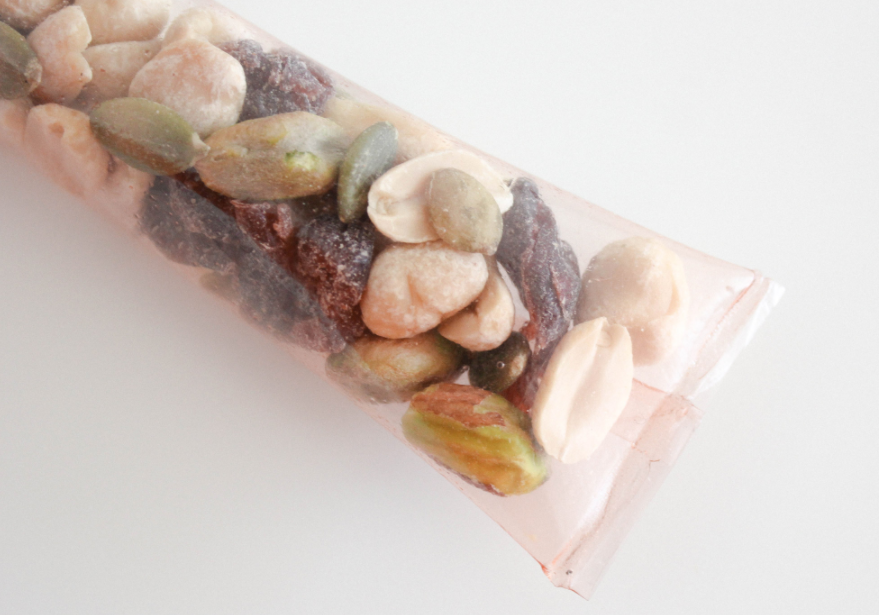This 23-Year-Old Designer Creates Eco-Friendly Alternative To Plastic Packaging
April 2019 | An interview with Chile-based designer Margarita Talep.
Talep has developed a sustainable and eco-friendly alternative to plastic packaging. The raw material for the biodegradable alternative is extracted from algae.
Concerned with the lack of green alternatives for non-recyclable plastic packaging, Talep decided to invent her own version. It was essential that the material be biodegradable in order to replace the more commonly used indestructible plastic options. According to the designer, the degradation of this organic material takes two to three months in summer, depending on the thickness of the material. In winter or cooler climates, degradation takes around three to four months.
An Eco-Friendly, Plastic-Free World
“For me, the designer acts as an intermediary to achieve a balance between nature and industry. This link between industry and the environment is broken today, and that inspires me to work in this area,” Talep tells us. No wonder that the only organic matter is used to produce the sustainable material. Even the dyes used for different colours are extracts of skins of vegetables and fruits such as berries and beetroot.
The biomaterial is manufactured with agar, a polysaccharide that is extracted mainly from red algae. The process varies, depending on the final material one wants to develop. And, the proportions of the mixture are altered as per requirement.
The basic mixture has three ingredients: Polymer, Plasticiser & Additive. Talep adds water as plasticiser.
The Process
In order to create a material that resembles plastic, Talep follows a few sacrosanct steps. She first brings the liquid agar mixture to a temperature of about 80 degrees celsius. She then transfer the liquid to a mould. The mixture turns into a gel-like substance when the temperature of the mixture drops below 20 degrees celsius.
This gel-like material is then left to dry in a well-ventilated environment with a constant temperature. The material resembles paper or thin plastic after it dries completely. This now can be used to wrap or store dry food or for packing various objects. It is then sealed with heat, instead of glue.
Production Viability
Talep explains that the material must be produced under strict rules. “We understand that biomass is renewable, but indiscriminate use could be fatal to ecosystems,” she tells us.
Hence, various natural aspects must be taken care of during the entire process, which includes cultivation of algae in sand banks and the correct extraction of the material.
Can it be replicated in countries such as India?
According to Talep, the organic material could be an economically viable option for developing countries. However, a lot depends on the local availability of the raw material and the infrastructure to manufacture it locally.
“The advantage of algae is that they are present in almost all parts of the world,” she says.
The Young Crusader
Margarita Talep has recently graduated from Diego Portales University, Santiago de Chile, in Industrial Design. Different materials and how they interact or impact the environment and us humans, have always interested the young designer. The 23-year-old designer is also interested in new concepts that intersect and mix the different disciplines of technology, biology and design, through discovery of new methods around bio-fabrication.
Talep tell us that she plans to continue developing her algae-based project. She also wants to manufacture systematisations and machines that would provide further alternatives to plastic.
